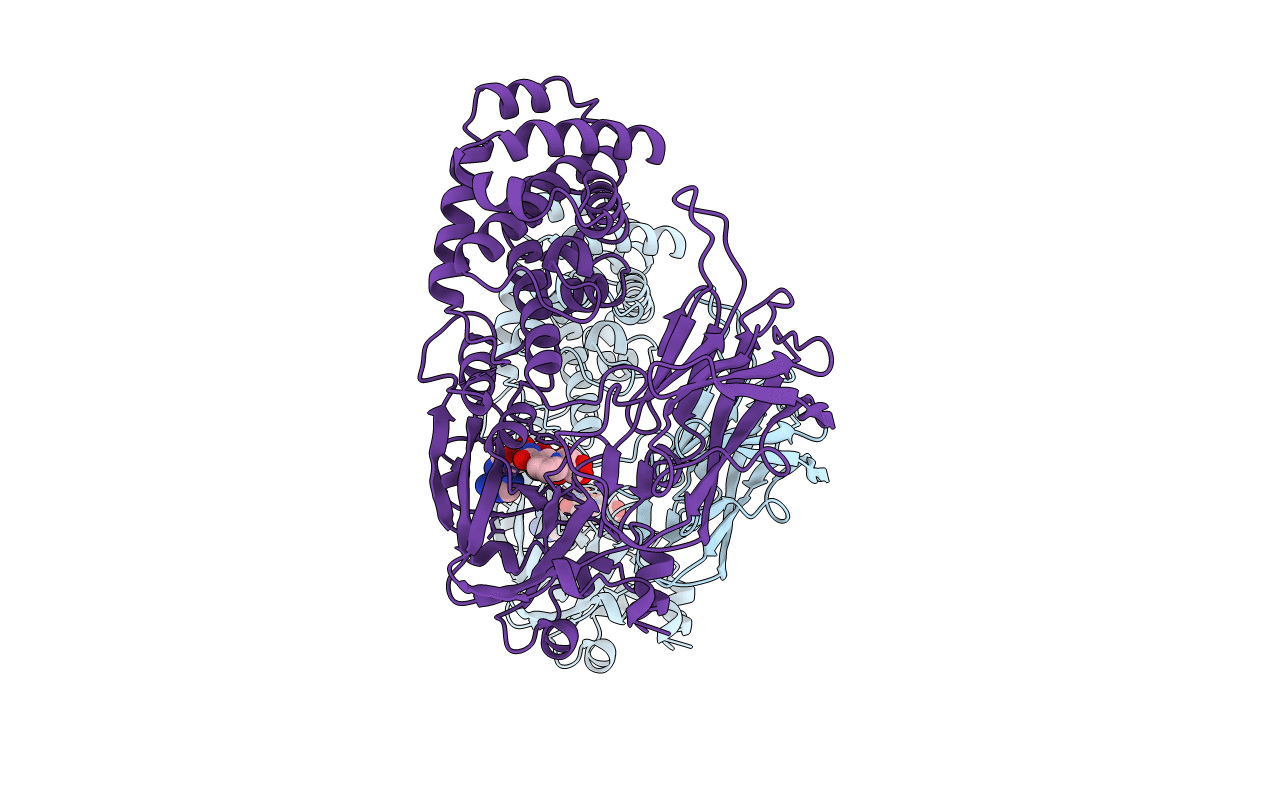
Deposition Date
1995-10-06
Release Date
1996-06-10
Last Version Date
2024-10-30
Method Details:
Experimental Method:
Resolution:
2.30 Å
R-Value Free:
0.30
R-Value Work:
0.22
R-Value Observed:
0.22
Space Group:
C 1 2 1


